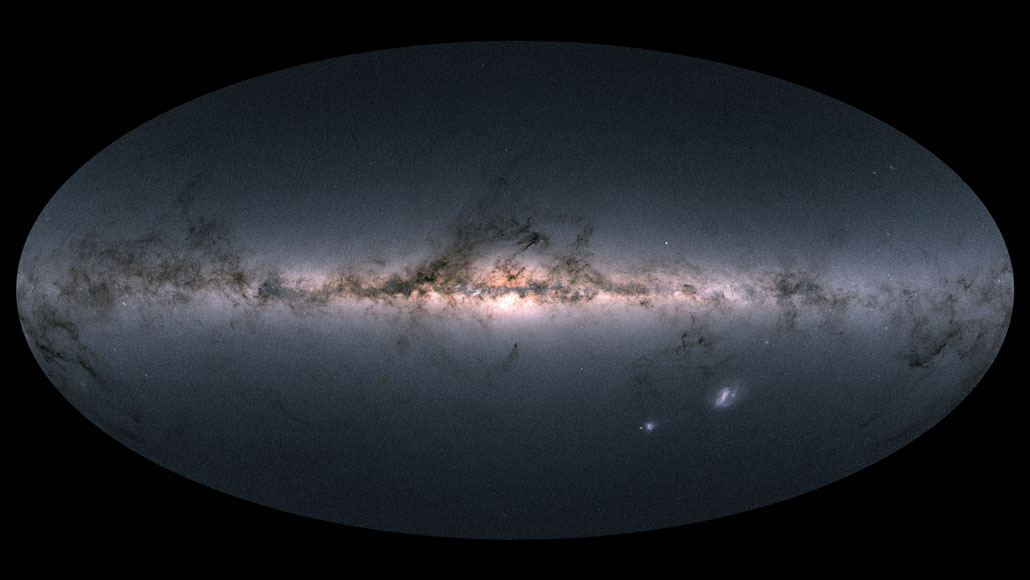Table of Contents
- Galaxy
- New Project Aims To Improve Galaxy Simulation - And Help Us Understand ...
- Title
- Starry Milky Way Galaxy image - Free stock photo - Public Domain photo ...
- The Milky Way Galaxy | Earth Blog
- The Milky Way may have grown up faster than astronomers suspected
- The Galaxy
- What is a galaxy? | Live Science
- Share
- Cosmic bombshell may change everything we know about the Milky Way galaxy



What are Galaxies?



NASA's Role in Galaxy Research



Key Discoveries
NASA's galaxy research has led to several groundbreaking discoveries, including: Dark Matter: The observation of galaxy rotation curves has provided strong evidence for the existence of dark matter, a type of matter that does not emit, absorb, or reflect any electromagnetic radiation, making it invisible to our telescopes. Galaxy Evolution: The study of distant galaxies has revealed that they were smaller and more irregular in the past, with many undergoing mergers to form the large, spiral galaxies we see today. Supermassive Black Holes: The discovery of supermassive black holes at the centers of galaxies has shed light on the role these monsters play in shaping galaxy evolution.
Future Missions
As our understanding of galaxies continues to grow, so do the ambitions of NASA's science missions. The James Webb Space Telescope, set to launch in 2023, will study the formation of the first galaxies in the universe, while the Wide Field Infrared Survey Telescope (WFIRST) will map the distribution of galaxies across the universe, providing insights into dark energy and dark matter. The study of galaxies is an ongoing journey, with NASA science at the forefront of this exploration. As we continue to unravel the secrets of the cosmos, we are reminded of the awe-inspiring complexity and beauty of the universe. With future missions on the horizon, we can expect to make even more groundbreaking discoveries, further expanding our understanding of galaxies and the universe as a whole.By exploring the mysteries of galaxies, we not only gain a deeper understanding of the cosmos but also inspire future generations to pursue careers in science, technology, engineering, and mathematics (STEM). As we look up at the night sky, we are reminded of the infinite wonders waiting to be discovered, and with NASA leading the charge, the future of galaxy research has never been brighter.
For more information on NASA's galaxy research and upcoming missions, visit the NASA website. Join the conversation on social media using the hashtag #GalaxyExploration and stay tuned for more updates on the latest discoveries in the field of galaxy science.